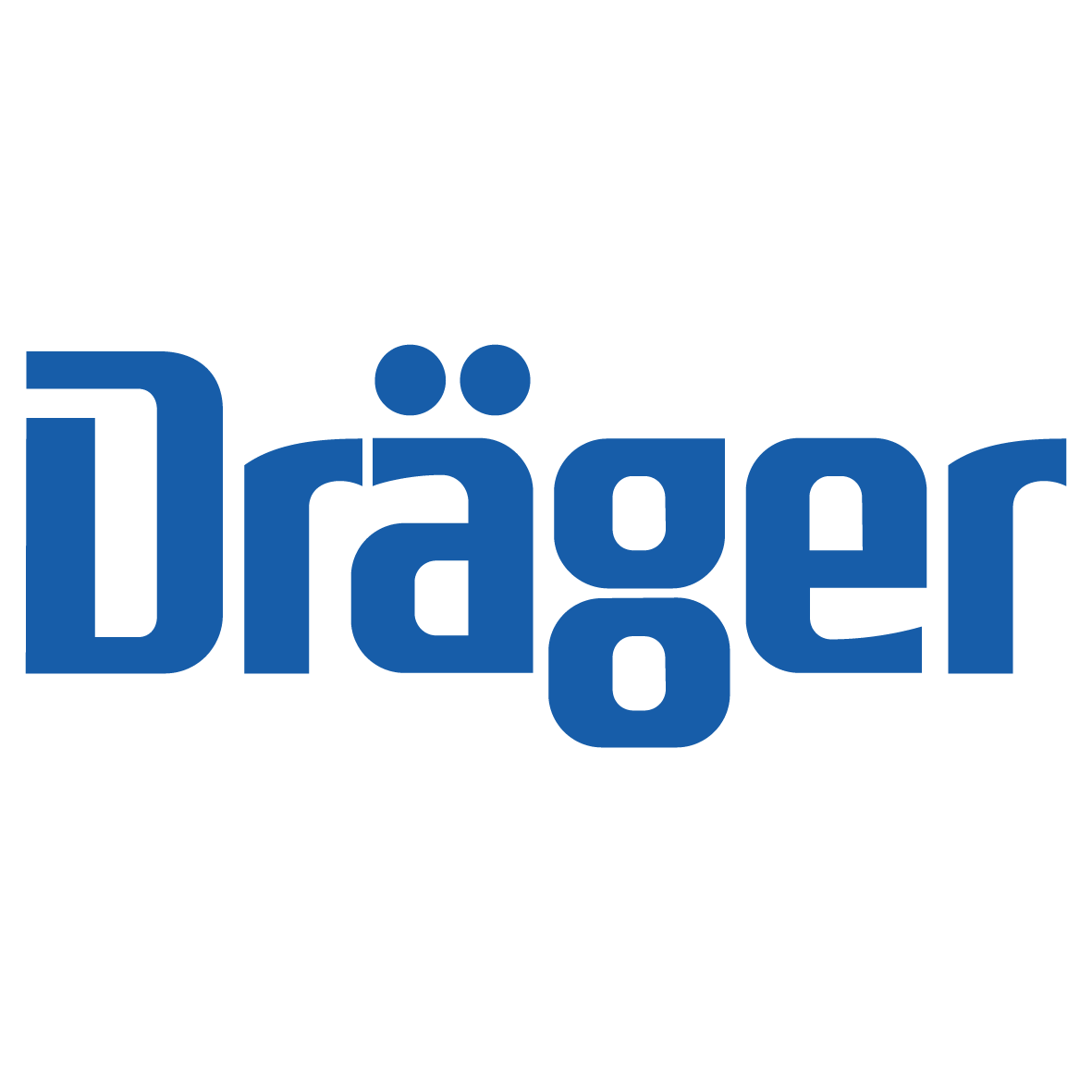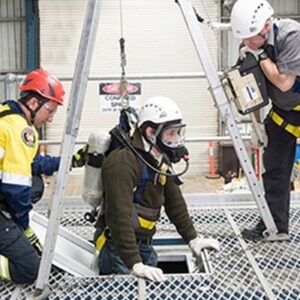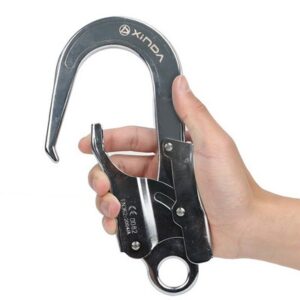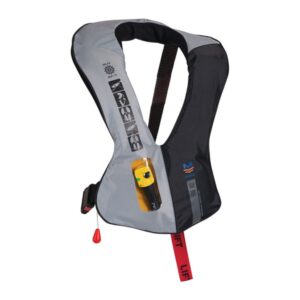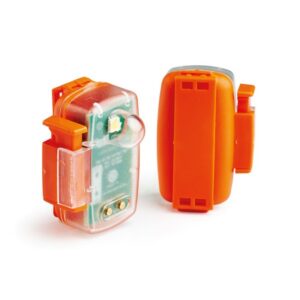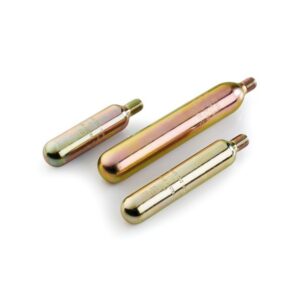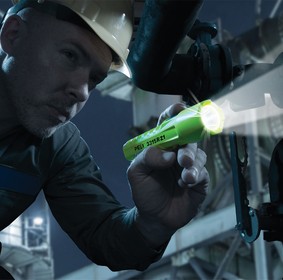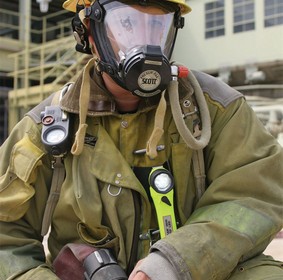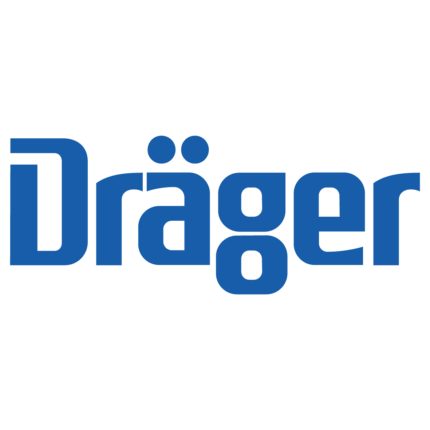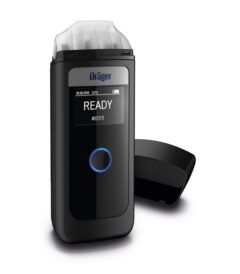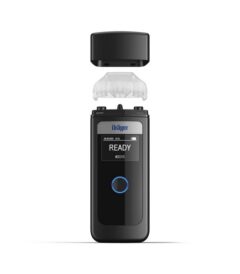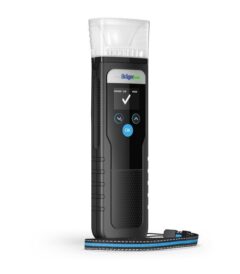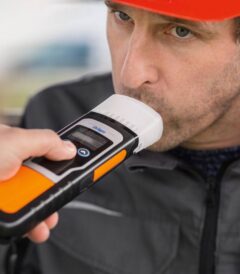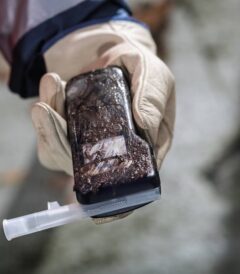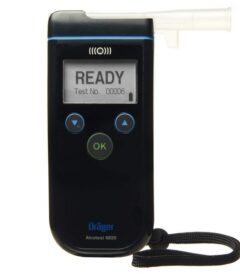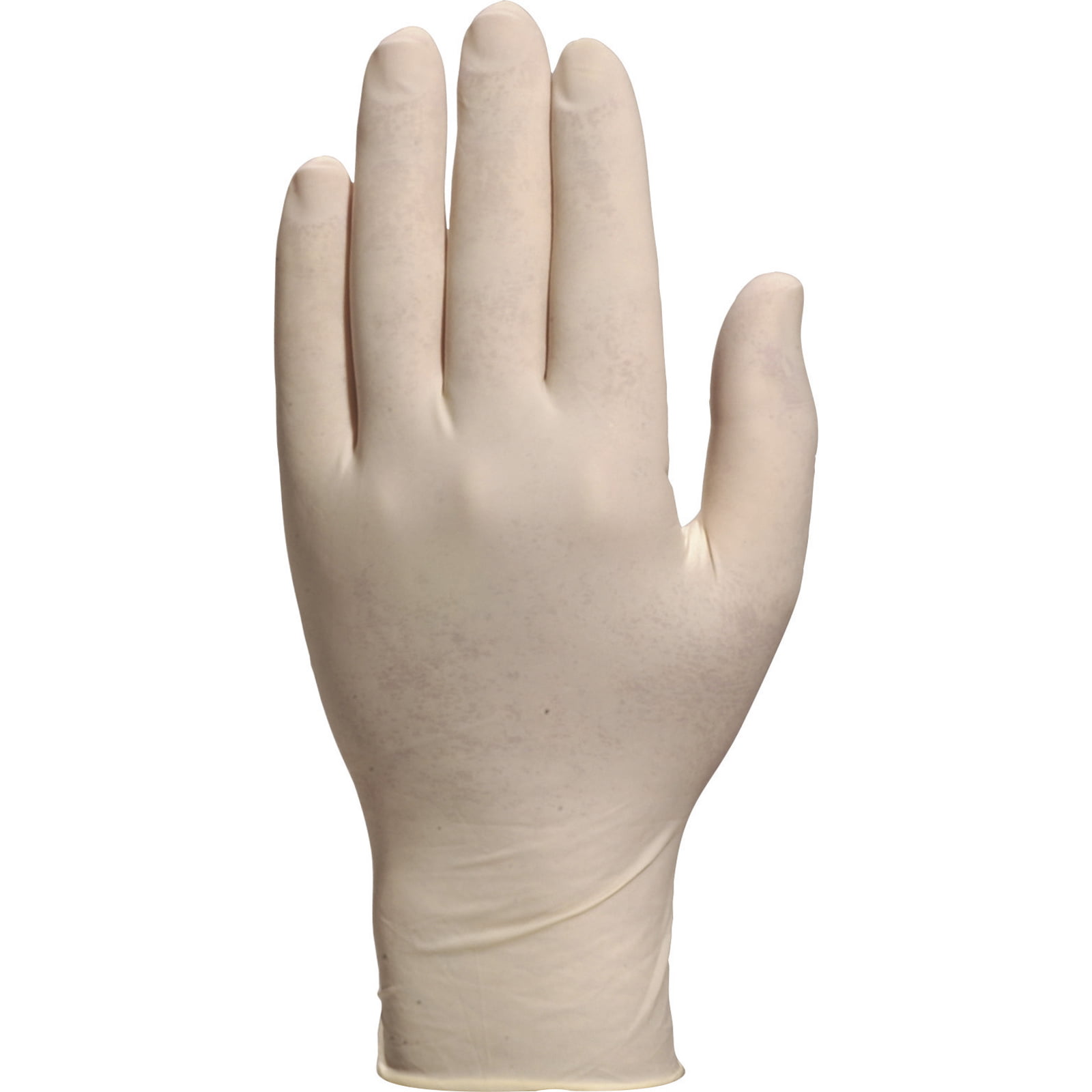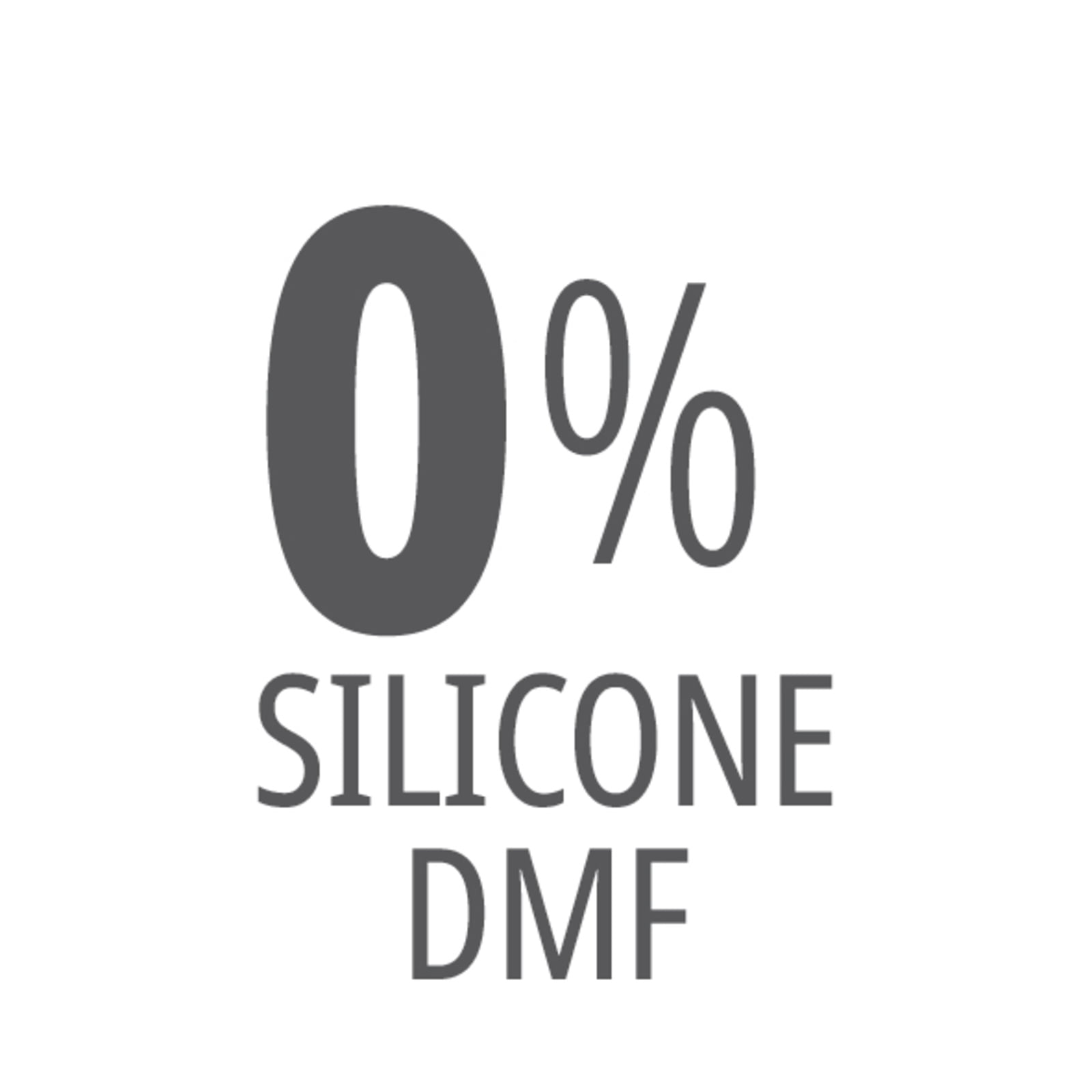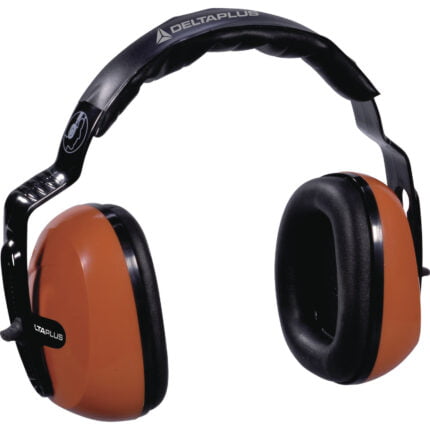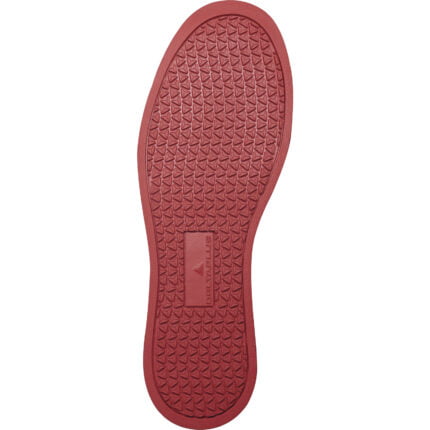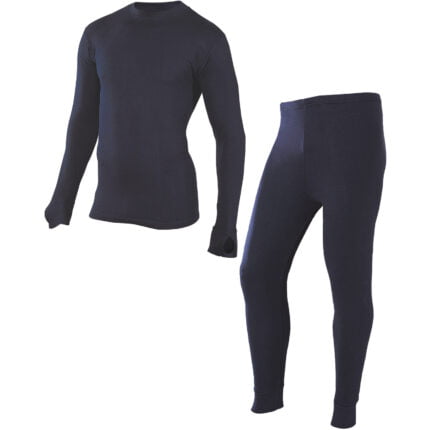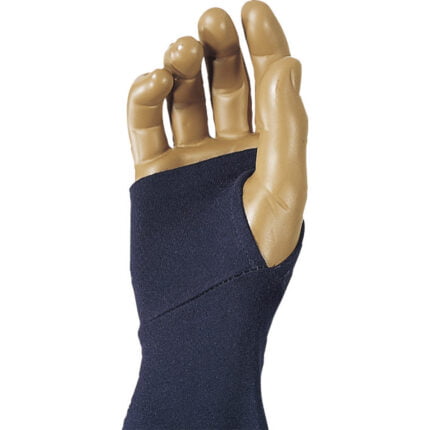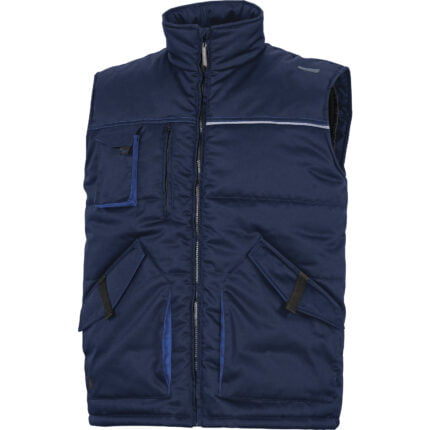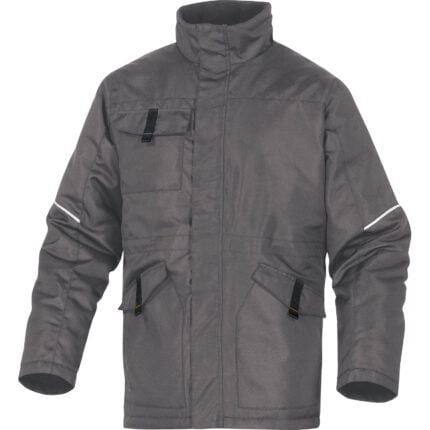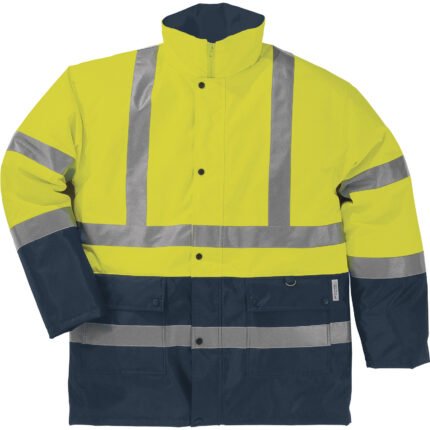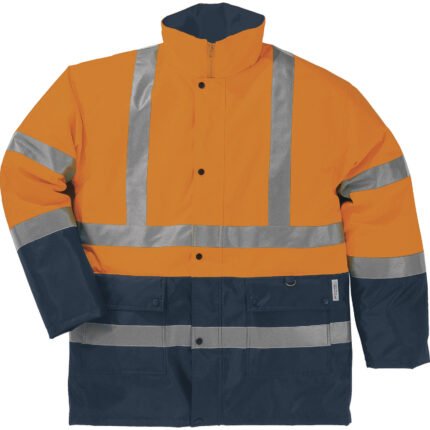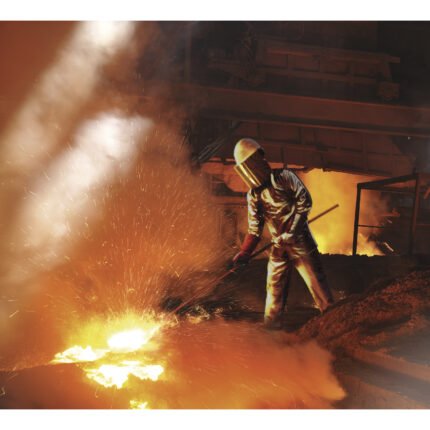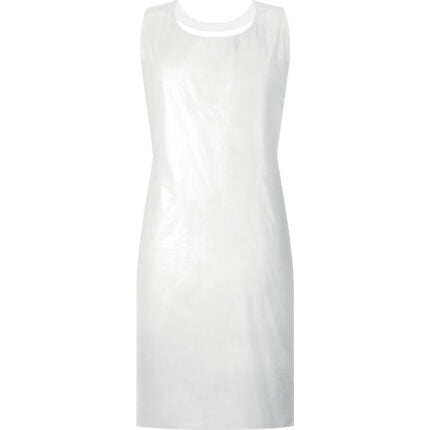COMPOSITION
100% natural latex.
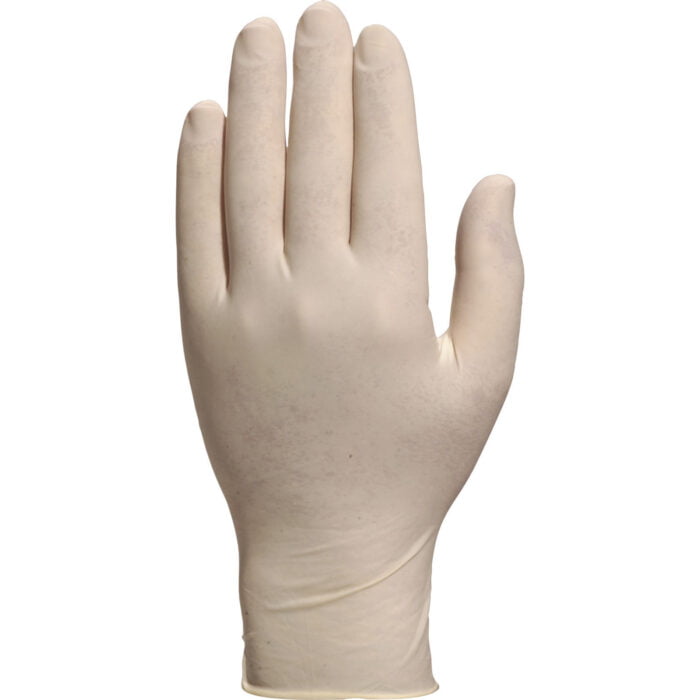
Norms
Regulation (EU) 1935/2004 Contact with food products
-GLOB MIGR : Food contact - Overall Migration
-Contact with any type of food : .
REGULATION (EU) 2016/425
-EN420:2003+A1:2009 : General requirements
-Dexterity (from 1 to 5) : 5
-EN ISO 374-1:2016 : Protective gloves against dangerous chemicals and micro- organisms - Part 1: Terminology and performance requirements for chemical risks.
-Type C - Water and air tightness according to EN ISO 374-2:2019. Permeation resistance to at least 1 chemicals at level 1 according to EN16523-1: 2015 (from 1 to 6). : C
-Determination of resistance to degradation by chemicals according to EN ISO 374-4: 2019. Part 4: Determination of resistance to degradation by chemicals. : .
-Caustic soda 40% (K) CAS 1310-73-2 : 2 > 30 mn
-Formaldehyde 37% (T) CAS 50-00-0 : 6 > 480 mn
-EN ISO 374-5: 2016 : Protective gloves against dangerous chemicals and micro-organisms - Part 5: Terminology and performance requirements against micro- organisms risks: VIRUS.
-BACTERIA + FUNGI : Water and air tightness according to EN ISO 374-2:2019. : .
-VIRUSES : Determination of resistance to penetration by bloodborne pathogens according to ISO 16604. : .
Product Used Risks
Light industry.
Hygiene environment.
PARTICULES.
CHEMICAL.
BIOLOGICAL.
HIGHLIGHTS
Powder-free gloves.
Protection from manipulated objects.
Chlorinated interior.
Easy glove implementation
Less risk of allergies (latex proteins).
Latex.
Airtightness and water proofing
Flexibility, elasticity and tactility.
Glove tested in accordance with EN ISO 371-1:2016
Type C.
Protection from splashing of weakly concentrated chemicals.

